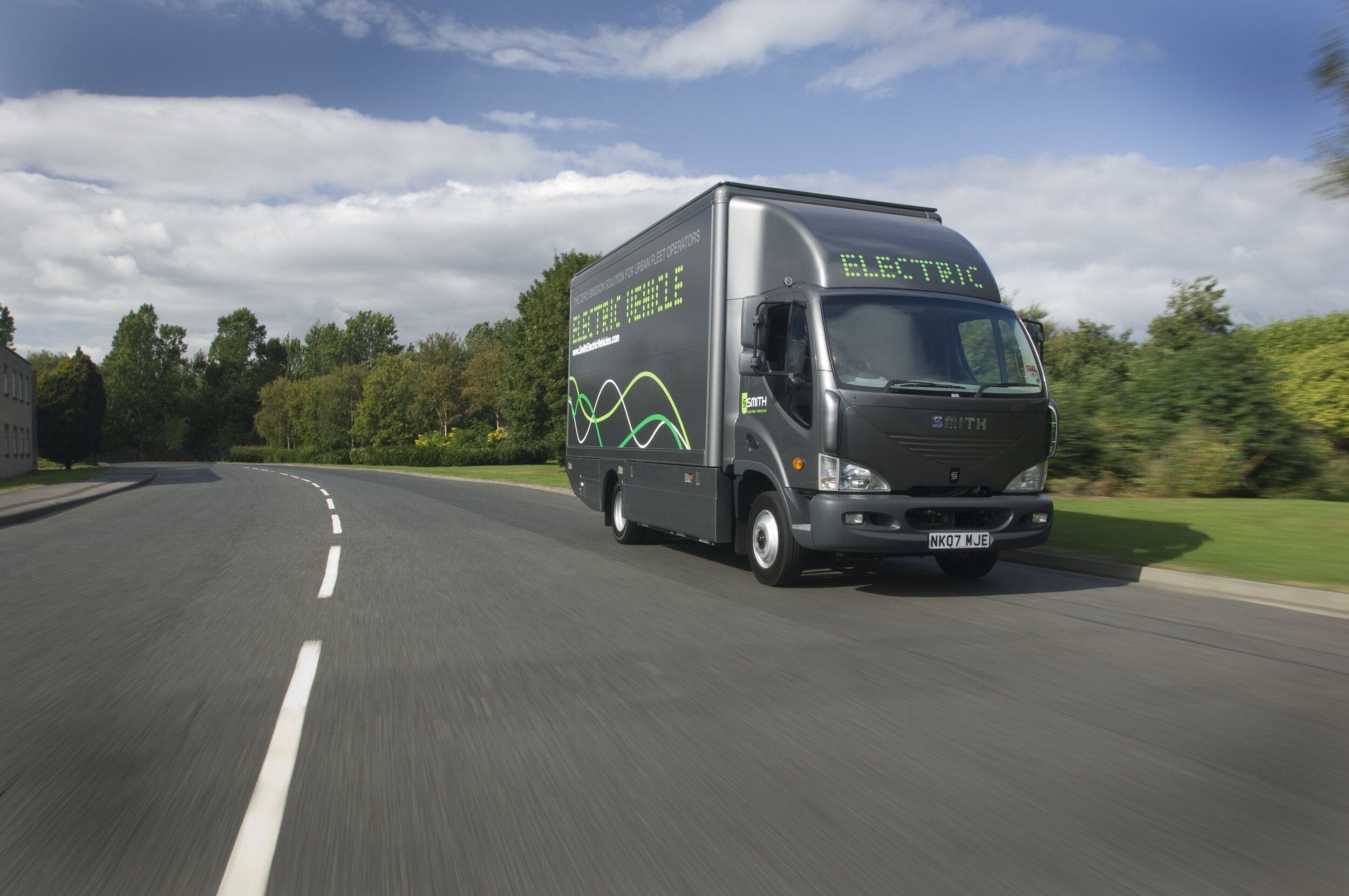The Rise and Fall of Smith Electric Vehicles: A Bankruptcy Tale
Smith Electric Vehicles, once a prominent player in the electric vehicle industry, faced a tumultuous journey that ultimately led to its bankruptcy. In this article, we will explore the rise and fall of Smith Electric Vehicles, examining the factors that contributed to its downfall and the implications it had on the electric vehicle market.

I. The Rise of Smith Electric Vehicles
Pioneering Electric Commercial Vehicles:
- Smith Electric Vehicles was a pioneer in the development and manufacturing of electric commercial vehicles.
- The company aimed to provide sustainable transportation solutions for industries such as logistics, delivery services, and utilities.
Strong Market Presence:
- Smith Electric Vehicles gained significant recognition and established a strong market presence.
- Its electric vehicles were deployed in various cities and countries, showcasing the potential of electric mobility for commercial applications.
Investment and Partnerships:
- Smith Electric Vehicles received substantial investments and formed strategic partnerships with major corporations and government entities.
- These collaborations fueled the company's growth and contributed to its expansion plans.
II. Challenges and Bankruptcy
High Costs and Financial Constraints:
- Smith Electric Vehicles faced challenges related to high manufacturing costs and financial constraints.
- The production and development costs of electric vehicles, combined with limited economies of scale, put significant pressure on the company's financial stability.
Dependency on Government Incentives:
- Smith Electric Vehicles heavily relied on government incentives and subsidies to sustain its operations.
- The reduction or expiration of these incentives, combined with the uncertainty of long-term government support, created financial uncertainties for the company.
Market Competition and Technology Advancements:
- The electric vehicle market became increasingly competitive, with major automakers investing in their electric vehicle offerings.
- Rapid advancements in electric vehicle technology, such as improvements in battery range and charging infrastructure, posed challenges for Smith Electric Vehicles to keep up with the evolving market demands.
Pros and Cons:
Pros:
Sustainable Commercial Transportation:
- Smith Electric Vehicles contributed to the promotion of sustainable commercial transportation, offering electric vehicles that reduced emissions and noise pollution.
- The company's focus on providing electric alternatives for logistics and delivery services had the potential to positively impact the environment.
Market Pioneering:
- Smith Electric Vehicles played a crucial role in pioneering the electric commercial vehicle market.
- By demonstrating the viability and benefits of electric mobility in commercial applications, the company inspired other players in the industry to explore electric solutions.

Industry Awareness and Collaboration:
- Smith Electric Vehicles raised awareness about the potential of electric vehicles in the commercial sector.
- Through collaborations with major corporations and government entities, the company fostered discussions and partnerships to drive sustainable transportation initiatives.
Con:
Financial Instability and Bankruptcy:
- The financial challenges faced by Smith Electric Vehicles ultimately led to its bankruptcy.
- The company's inability to overcome the high costs and financial constraints resulted in its closure, impacting its employees, investors, and the electric vehicle market.
Most researched Queries on Google
Here are some most researched questions with their short answers that will acknowledge you about the topic of Smith electric vehicles bankruptcy
Feasibility of Electric Trucks:
- The electrification of the automotive industry has expanded beyond cars, with growing interest in electric trucks.
- Electric truck technology has evolved, making it increasingly feasible to produce and operate electric trucks for various commercial applications.
Advancements in Electric Truck Technology:
- Significant advancements have been made in electric truck technology, addressing challenges such as range, payload capacity, and charging infrastructure.
- These technological developments have improved the performance and efficiency of electric trucks, making them a viable alternative to traditional diesel-powered trucks.
Early Pioneers and First Electric Trucks:
- Several companies have been early pioneers in electric trucks, developing and introducing the first electric truck models.
- These pioneers played a crucial role in demonstrating the potential of electric trucks and paving the way for the current market offerings.
What happened to Smith Electric Vehicles?
- Smith Electric Vehicles, once a prominent player in the electric vehicle industry, faced financial challenges and eventually filed for bankruptcy.
- The company struggled with high costs, limited economies of scale, and reduced government incentives, which ultimately led to its closure.
Why did they stop making electric cars?
- Smith Electric Vehicles faced financial constraints and was unable to overcome the high manufacturing costs associated with electric vehicles.
- The reduction of government incentives and subsidies, along with the competitive market landscape, contributed to their decision to stop making electric cars.
What company is making EV trucks?
- Several companies are currently manufacturing electric trucks, contributing to the growth of the electric truck market.
- Notable manufacturers include Tesla, Rivian, Daimler (Mercedes-Benz), Volvo, and Nikola Motors, among others.
Are electric cars taking over?
- The adoption of electric cars has been increasing steadily in recent years, with growing support from governments, advancements in technology, and changing consumer preferences.
- While electric cars are gaining momentum, it is important to note that the transition to electric vehicles is a gradual process, and internal combustion engine vehicles still dominate the global market. However, the trajectory suggests that electric cars are on track to play a more significant role in the future.

Conclusion:
Smith Electric Vehicles' bankruptcy serves as a cautionary tale in the electric vehicle industry. Despite its pioneering efforts and early success, the company faced significant challenges related to financial sustainability, market competition, and technology advancements. While Smith Electric Vehicles' closure was a setback, the industry as a whole continues to progress and evolve, with other companies pushing forward in the pursuit of sustainable transportation solutions. The lessons learned from the rise and fall of Smith Electric Vehicles can help shape the future of the electric vehicle market and guide future endeavors toward long-term success.
Learn more about
Do electric vehicles need transmissions










